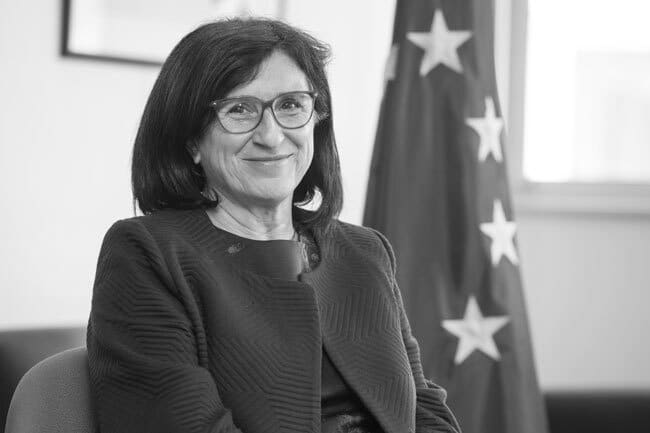Jean-Pierre LANDAU Dean of the School of Public Affairs (Sciences Po Paris) Html code here! Replace this with any non empty text and that's it. Over the last two decades, China has been a pillar of stability in global capital markets. Since 2005, the exchange rate has been carefully managed, in a transparent way, to orchestrate a progressive real appreciation of the Renmibi (RMB). Liberalization of the capital account has been announced well in advance, the directions being set and, although, with some recent acceleration, the pace has been regular. During both the Asian financial crisis in 1997-98, and the Global Financial Crisis of 2008-2009, China refrained from any inflexion in its exchange rate policy. Statements by Chinese Leaders have sought to instill a sense of confidence, thus powerfully contributing to overall stability. The same attitude prevailed during the euro crisis when actions by Chinese policymakers have supported actions by
Ce contenu est réservé aux abonné(e)s. Vous souhaitez vous abonner ? Merci de cliquer sur le lien ci-après -> S'abonner












